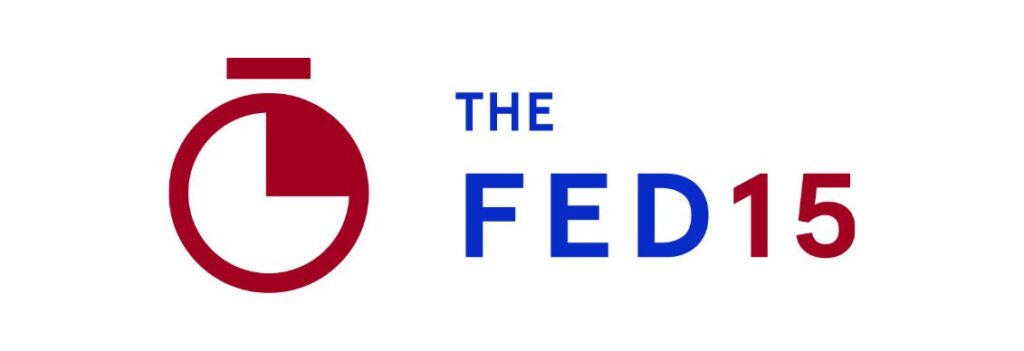Federal Retirement
FERS 101: What is the Federal Employee Retirement System?
The Federal Employee Retirement System (FERS) is a defined benefit plan that provides a guaranteed income stream for life to eligible federal employees, when they retire. Any federal employee hired after January 1, 1984 is covered by FERS. The annuity received upon retirement is an incentive for workers to continue their service until eligible. The employee, their agency, and the Federal Government all make contributions to the retirement system. If a fed leaves government service before they’re eligible for retirement benefits, the contributed money is refunded (with interest), but the matching contributions from the agency and federal government are not.
Unlike the TSP (thrift savings plan), which is a defined contribution plan for feds, employees are required to make contributions to FERS. For those hired before 2013, 0.8% of their salary is contributed each paycheck, and that is after taxes have been deducted, unlike the optional traditional TSP contributions, which are made pre-tax. If hired in 2013, the contribution amount for FERS is 3.3% (known as FERS-RAE employees) and for employees hired from 2014 to the present, the individual worker’s contribution amount is 4.4% (FERS-FRAE). The amount of matching contributions by the agency and government differ by job title and agency.
FERS replaced the old Civil Service Retirement System (CSRS), a public pension fund established in 1920.
Calculating your FERS Check
Use the following calculation to figure out your pension:
Base calculation
“High-three salary” x years of service x 1%
Enhanced Calculation
With 20 years of service or more and retiring at the age of 62 or later
“High-three salary” x years of service x 1.1%
The “high-three” is just the average of your 3 highest-paid 12-month (consecutive) spans, which for most feds equates to their last 36 months of working but it is not required to be the last 36 months of an employee’s career. This number, multiplied by the years of service, and then multiplied by 1% (or 1.1%) gives the federal retiree their GROSS annual pension amount. (Note the 10% increase for the second formula, .1% may seem like a small increment that but it can dramatically change the outlook of one’s retirement.)
When to Retire
To be eligible for an immediate FERS annuity, you will need to meet an age and service requirement. To be eligible for a full, unreduced pension, the requirements are as follows:
- Age 62 with 5 years of service,
- Age 60 with 20 years, or
- ‘MRA’ with 30 years of service .
Besides the .1% increase at 62, the other age-centric fact to keep in mind is the Minimum Retirement Age (MRA) – which is between ages 55 and 57 depending on when you were born.
For those who have reached the MRA and have at least 10 years of service, a deferred retirement also becomes an option, albeit with reduced benefits.
The “years of service” factor in the computation is the total time of creditable service an employee has accrued, but the total is tabulated monthly – which is one reason why the end of the year or any month is commonly considered the best time to retire.














